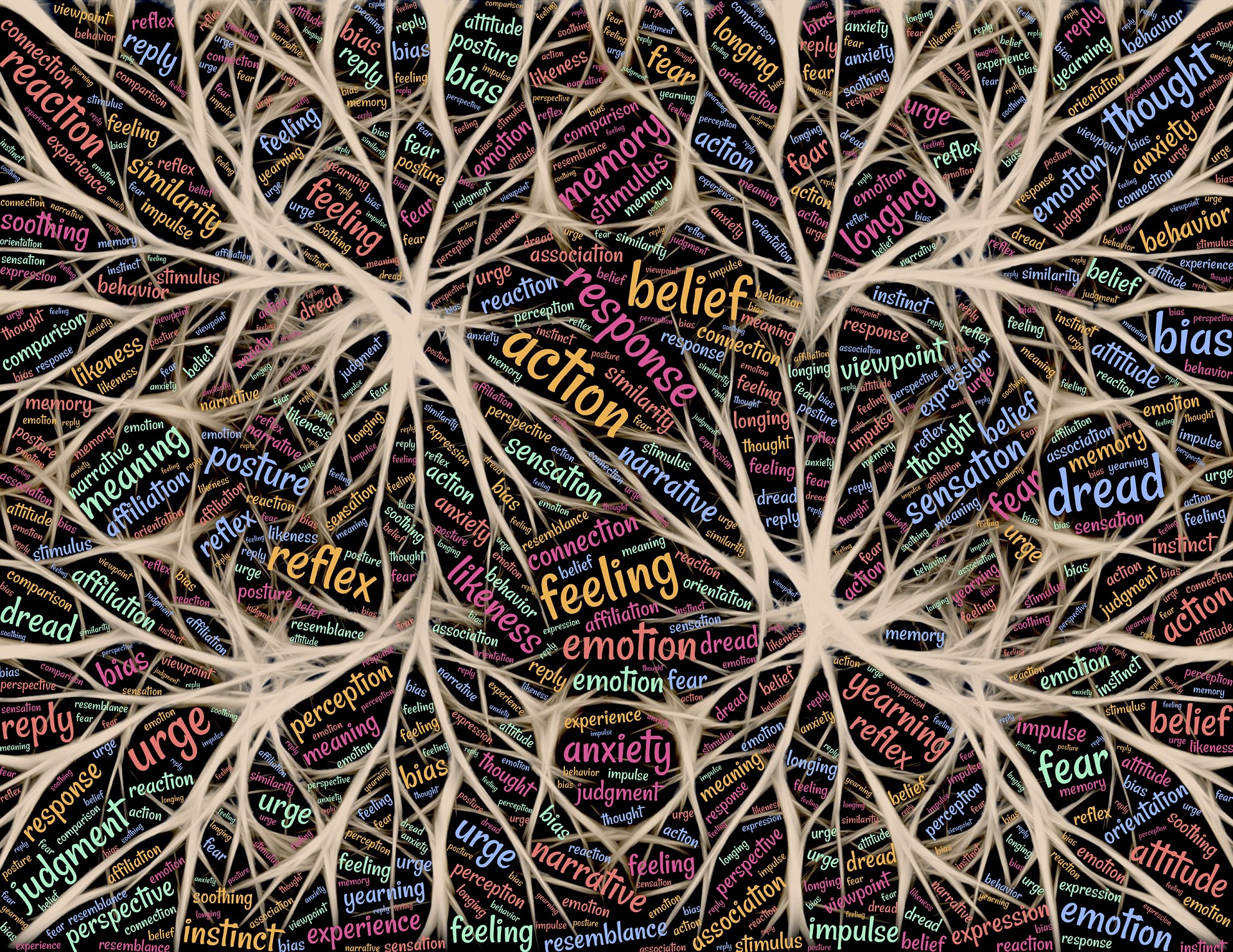This weekend, I spent quite a bit of time re-reading parts of David Eagleman’s wonderful book “INCOGNITO: The Secret Lives of the Brain.”
Here is a paragraph taken from it “Your brain is built of cells called neurons and glia—hundreds of billions of them. Each one of these cells is as complicated as a city. And each one contains the entire human genome and traffics billions of molecules in intricate economies. Each cell sends electrical pulses to other cells, up to hundreds of times per second. If you represented each of these trillions and trillions of pulses in your brain by a single photon of light, the combined output would be blinding.”
Isn’t this truly awe inspiring?
What’s truly crazy to me though is that so much of the inner workings of the brain are way beyond our control! What I mean by that is that the brain is always looking to save energy and so, we function on autopilot most of the time. We don’t even know we’re doing things! How many times have you consciously thought about the way you open the door to your home? Exactly! You might have thought about it for the first week of you living there and then, it became automatic. You know exactly how to turn the key, maybe how to wiggle it… You don’t need to think about it. The same occurs for the way we react to situations, talk to people… Once we’ve adopted a behavior a couple of times, it becomes our default mechanism. Our perception is completely skewed by our unconscious wiring: we have created habits and patterns of thinking for years. This leads to biases or seeing only what we want to see and why? Because our brain is trying to save energy. And that’s at the best of times!
This weekend, I was also listening to a webinar in which Tara Swart, a Neuroscientist and Senior Lecturer at MIT Sloan School of Management. She explained that when we’re suffering from chronic stress, our most entrenched neural pathways come running to the surface. Our deepest beliefs, ways of thinking, acting and reacting come out to play and take over. We default to the autopilot I mentioned earlier: Old fears might come back, our perceptions of ourselves or the world might stop us from doing what we actually need to do. For example, we might have been taught that watching TV is for lazy people and this makes it impossible to give ourselves permission to slow down and disconnect for a while without feeling guilty.
Today, I’d like to offer you an exercise that I often ask my clients to do. I guarantee you that if you take the time to do it, you will be able to reconnect to how you are feeling right now, bring back some perspective to help overwrite your autopilot reactions and move forward with more ease. Instead of being a reactive machine, you’ll feel human again as you regain control.
I give you… Drum Roll…
THE ENERGY AUDIT
Step 1:
For each type of energy (physical, mental, emotional, spiritual), take the time to first write down exactly how you’re feeling at this time. Really take time to feel and make notes. You might even want to close your eyes for a bit, scan your body for sensations of heaviness, or tightness. You might want to deeply connect to yourself to see what emotions come up when you ask yourself: How am I feeling at this time? It’s easy to want to cheat the process but really, you’re only cheating yourself. Take the time.
Examples of this could be:
Physical: I can’t get out of my home, I feel confined in my body. It feels tight in my chest and I want to move around.
Mental: I’m finding it really hard to focus on work.
Emotional: I feel much more on edge than usual – I snap at my partner and that’s very out of character.
Spiritual: I find it hard to connect to myself. Meditating is out of the question.
I would encourage you to write a lot more than just one sentence though – really observe how you are feeling. This will allow you to get out of your default thinking, influenced by your brain wiring and appreciate that you are human!
Step 2
You’ll then need to draw a table like the one below and write down what currently drains your energy and what might boost it.

Examples could be:
Physical boost: Doing yoga / Home workout
Physical drain: Sitting at my desk for too long
Mental boost: Learning something new
Mental drain: Focusing on work without taking breaks
Emotional boost: Talking to a friend / family member one on one, for meaningful connection.
Emotional drain: Letting myself feel guilty for watching TV.
Spiritual boost: Acting with integrity
Spiritual drain: Forcing myself to meditate!
Step 3
Do nothing.
Once you have identified your boosts and drains, you will most probably want to take action: “I’ll never force myself to mediate” or “I’m going to exercise every single day from now on”! DON’T.
It’s important that you let the information you just brought to the surface simmer for a couple of days. Step away from it all and acknowledge yourself for taking the time to observe your behavior and thoughts. You’ll know when you’re ready to take action.
As always, I would love to hear your thoughts and if you do the energy audit, I’d love to hear how it goes and what you learn from it! Enjoy!


